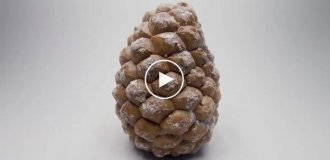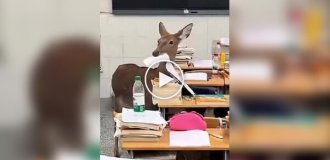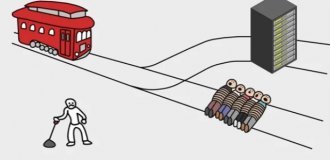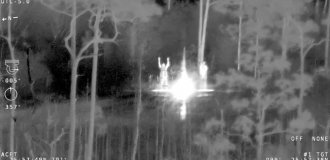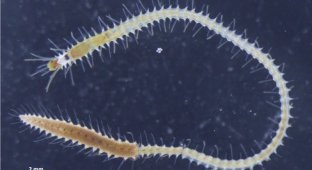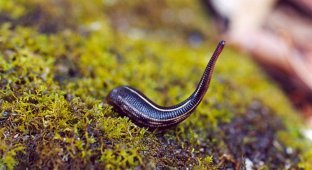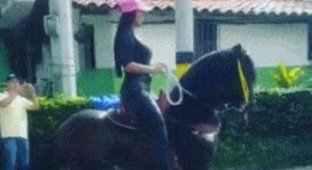The secret of the belt earthworm: why does it need a jumper on its body (6 photos)
The girdle, scientifically called the clitellum, is a unique organ found only in leeches and earthworms. At first glance, it looks quite simple, like a huge mucous, giant gland that does nothing. But this is only at first glance. 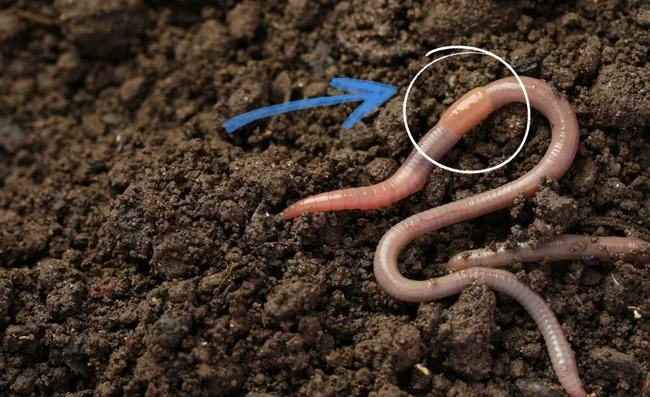
This is the thing that all earthworms have. 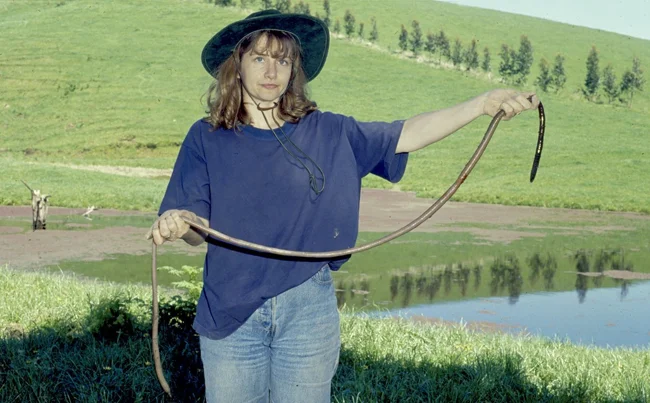
Yes, even the huge worm from Australia has a girdle!
The importance and complexity of this organ is demonstrated by a simple fact: if you cut it, the worm is guaranteed to die. It can restore the intestines, excretory organs, peripheral nerves and other nonsense from scratch, but it can't even grow the girdle back together. 
This is a cross-section of the worm. And all the organs and tissues indicated on it, the worm is able to regenerate from scratch. But the sexual organs and the central ganglion are not amenable to regeneration.
Because the clitellum plays a key role in the regeneration of earthworms. The inner part of the belt stores reserves of sex cells that can migrate to the site of damage and turn into new tissue. Translationally controlled tumor protein (TCTP) is also produced there, which controls the growth and regeneration of tissues and prevents their degeneration into tumors. Damage the belt - and all the magic disappears, the worm's regeneration drops to the level of a human. And, given its small size, any injury will be fatal for the worm. 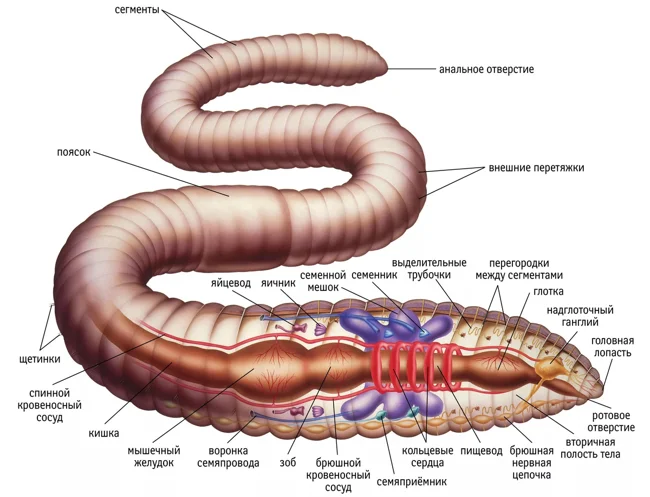
The exact position of the belt depends on the species and age of the earthworm, but in healthy individuals it is always in the first half of the body.
But, oddly enough, regeneration is a secondary function. The basic task of the belt is reproduction. When the earthworm is ready to mate, its clitellum swells and changes color: from pale pink it becomes orange or even red. This is where the glands of external secretion come into play, which have an important task. 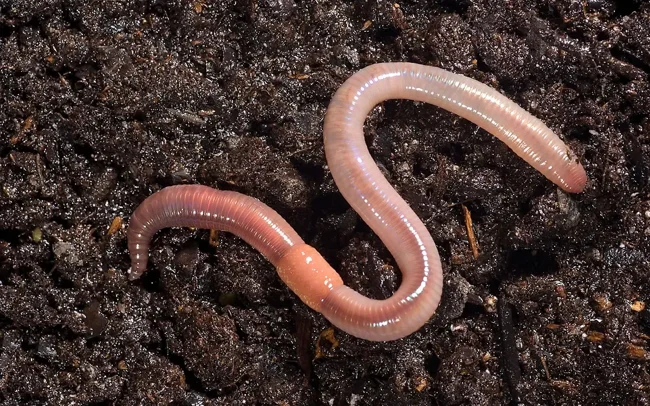
When you've girdled yourself with your most beautiful belt and are ready to go on a date.
When a pair of worms exchange genetic material — and worms are hermaphrodites, animals fertilize each other during mating — the clitellum produces a cocoon in which the worm will lay its eggs. Once the clutch is complete and the cocoon becomes airtight, it will fill with nutritious mucus, which the newborns will feed on. After 1.5-2 weeks from the clutch, they break the cocoon built around the belt and set off on an independent life. 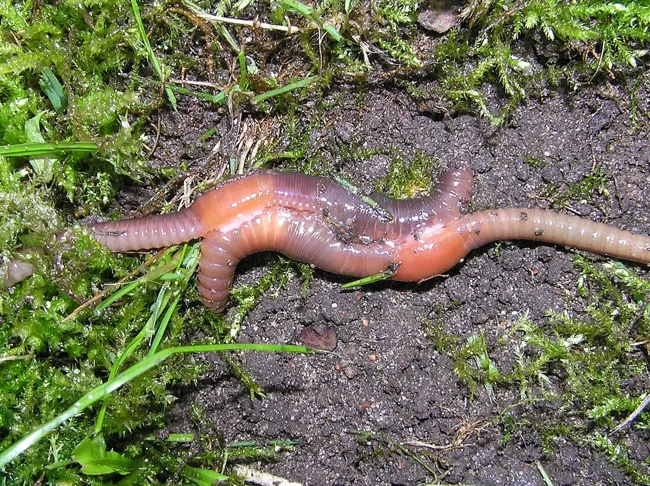
And now you've seen how worms reproduce!
You wanted to know why earthworms have belts - and you found the answer. And at the same time, you learned the answers to questions you'd never thought about. That's pretty much how science works.
